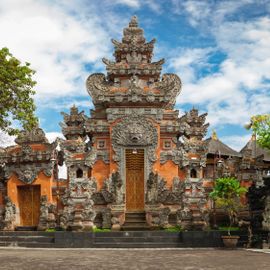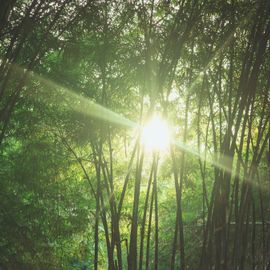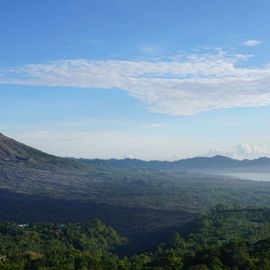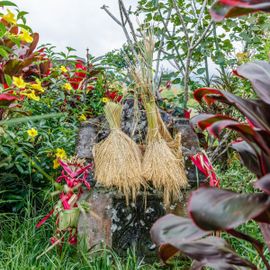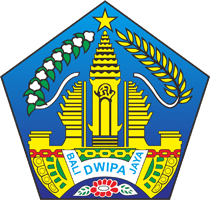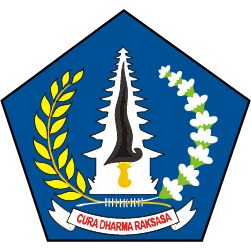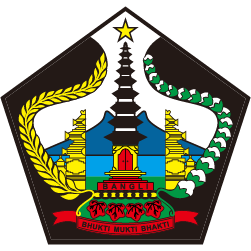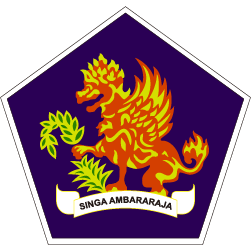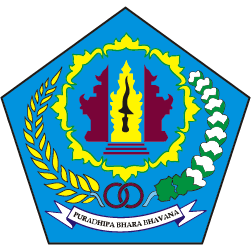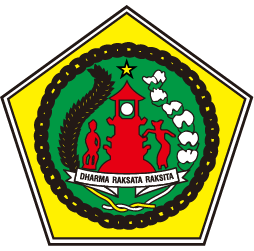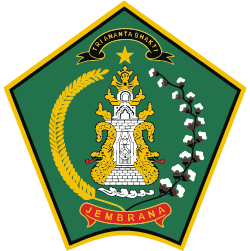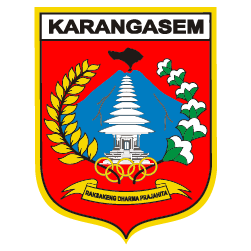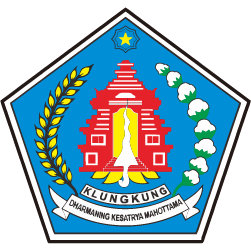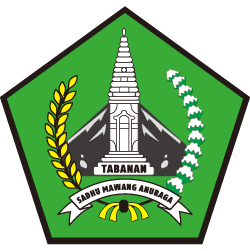Learning The Acculturation Of Hindu-Muslim Culture In Pura Dalam Langgar Bunutin
Learning The Acculturation Of Hindu-Muslim Culture In Pura Dalam Langgar Bunutin.
From a series of temples in Bali, it can be said that there is only one temple in Bangli that provides a place of worship for Muslims. This temple is indeed unique. Even this temple also became the forerunner to the spread of Islam in Bali. Even the temple known as Pura Langgar Bunutin is also known as Pura Dalem Jawa.
Hindu-Muslin Culture in Langgar Bunutin Temple
Pura Dalem Jawa Penataran Agung Bunutin which is often called Pura Dalem Langgar Bunutin, looks different from the place of worship of Hindus in general. Indeed, there is something unique about the temple which is located in Banjar Dadia Puri, Bunutin Village, Bangli. In the area of Pura Dalem Langgar Bunutin there is a sacred building similar to a langgar or mosque. In fact, the people of Bunutin Village and around the temple embrace Hinduism.
Then, how can this happen? Apparently, this is related to the arrival of Ida Dalem Mas Wilis from Blambangan, East Java, who came to Bali long ago. Therefore, it is not surprising that the temple building is very thick with Javanese-Balinese architecture, complete with various carvings. Interestingly, this temple also has the same dome as in the mosque. On the each side of the building, there are four doors and four pelinggih which are built in the direction of the wind. Carvings made of solid rock, walls made of red brick, two steps to the court, and several wooden pillars make the temple building look very sturdy.
Based on the story contained in the inscription at Puri Agung Bunutin, Ida Dalem Mas Wilis is the 23rd King of Blambangan. It is said that the King had 5 children. One day the first child was very ill. Worried about the condition, the King finally took a supernatural way to look for clues. The child can recover if the King builds a langgar. Sure enough, shortly after the langgar was completed, the king's first child recovered from his illness. Eventually, the langgar was made into Pura Dalem Langgar.
From this story, we can see a very thick religious and cultural acculturation. I was so unique, a number of Islamic religious leaders and other Muslims came to the temple before Eid al-Fitr. The temple also provided a prayer room for Muslims at the pasantian hall on Jaba Sisi of the temple. Complete with a place of ablution with five sources of water. It’s like philosophical values of Islam, which is to pray five times a day.
In addition to the building, there was also a ritual that showed the acculturation of Hindu and Muslim culture. Namely, the implementation of the Mulang Pakelem Ceremony is held annually. This ritual is almost the same as the Muslim Eid celebration. This ritual uses a calf, which is decapitated. The beef is then processed into satay and used as offerings and other ceremonial equipment needs.
The use of pork is not permitted here. Even people who eat pork are not allowed to enter the temple area. The langgar part also cannot be entered, except by pemangku. Even the pengempon part of the temple can only enter if it gets permission from the pemangku. The people of Dadia Puri carefully maintain the sacredness of the Langgar Bunutin Temple.
There are a number of things you should pay attention to when traveling in Pura Langgar Bunutin. Clear your heart and mind first if you want to enter the Pura Dalam Langgar environment. If there is a little bad intention comes across or a heart that holds a grudge, it is believed that they won’t be able to enter the temple environment. In fact, they will soon feel the bad consequences.
